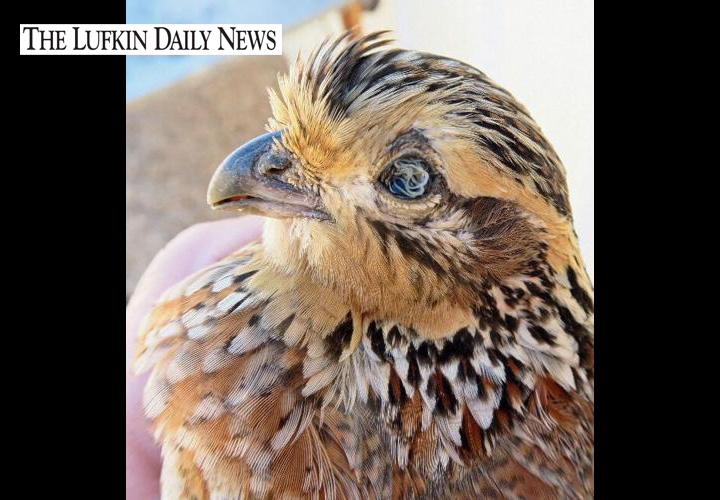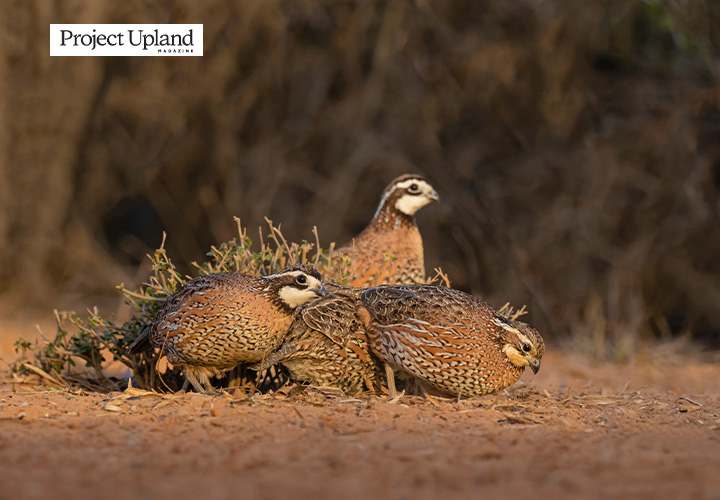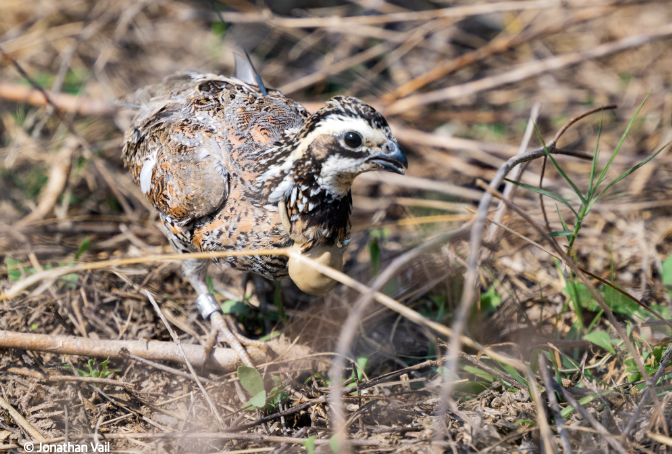- Medicated Quail Feed for Treatment of Parasitic Infections
- info@quailguard.com
[ The Lufkin Daily News ] Texas quail research leads to FDA approval of medicated feed for stamping out parasites
Author: Matt Williams | Published: June 8, 2024
It’s been a while since quail managers across Texas have had much to chatter about, but hopes are high good things may be ahead for the iconic game birds well known for their signature trills.
Much welcomed news surfaced in late May. That’s when quail researchers and scientists got word the U.S. Food and Drug Administration had finally put its stamp of approval on QuailGuard, a medicated feed crumble that has proven to be safe and effective in controlling parasites in wild quail populations.
The news of the approval couldn’t have some soon enough for guys like Dr. Ron Kendall of Ransom Canyon.
Kendall is a cattle rancher, quail hunter and scientist who heads up the Wildlife Toxicology Lab at Texas Tech University, where QuailGuard was developed. He was heavily involved in a long line of research studies dating back more than a decade ago that eventually led to the identification of two parasites — eyeworms and cecal worms — believed to have played major roles in the significant declines witnessed in bobwhite quail populations in recent times.
For those who may not know, quail are dapper little dudes that are resilient in nature. The ground nesting birds have a long history of boom and bust cycles.
Numbers are prone to jump in years with timely rainfall to spur adequate cover for spring and summer nesting that ultimately leads to good chick survival. Noticeable spikes may follow when banner nesting conditions result in good carryover of mature birds and significant hatches for consecutive years.
Just the opposite can happen when range conditions are poor. The road to recovery on the heels of a widespread crash can be a long one. It could take years.
The sudden disappearing act that happened across the Rolling Plains of West Texas in 2010 was different. Downright puzzling in a sense.
To hear Kendall tell it, the decline came at a time when all of the common denominators pointed to a banner year for Texas bobwhites. Poor habitat and drought weren’t part of the equation at the time.
“Everything was set up for a great hunting season in 2010,” Kendall said. “The habitat was in perfect shape throughout the summer all across the Rolling Plains. You had to be really careful driving around ranch roads because there were so many broods. Then, come fall, you couldn’t hardly find a quail. I’m not talking about losing a few. Many ranches lost 70-90 percent of their birds.”
Kendall wasn’t the only one baffled by the vanishing act. Not long thereafter, the Rolling Plains Quail Research Foundation in Roby enlisted a team of wildlife scientists from Texas Tech University, Texas A&M University and Texas A&M-Kingsville to launch a multi-year research project aimed at unraveling the mystery behind the feathered calamity.
The RPQRF’s Dr. Dale Rollins initially coined the project “Operation Idiopathic Decline” — medical jargon that means “the doctor doesn’t know.”
The doctors eventually found out, though. But not before sampling more than 2,000 quail across nearly three dozen counties.
The intensive effort led to the discovery of significant parasite infestations in wild quail all across the region. Researchers documented eyeworm infection levels in the Rolling Plains region at more than 60 percent and cecal worms infection levels as high as 90 percent throughout Texas, according to a recent report from the Park Cities Quail Coalition.
Park Cities is a nonprofit organization run by a group of Dallas-area volunteers who are just as passionate about quail hunting as they are determined to preserve the heritage for future generations. It shows in their generosity.
Founded in 2006, PCQC has donated over $19.1 million to quail research, conservation and youth programs in Texas. A big chunk of that money helped fund the QuailGuard medicated feed project and the extensive research that led to its development. The RPQRF also contributed to the $6 million project.
“We are proud to have funded this research with money raised by hunters,” said PCQC president Raymond Morrow. “Wild quail naturally have a high mortality rate. It makes sense that high levels of parasites in their eyes and gut contribute to quail mortality. We hope all grassland birds in this region will benefit from this advancement.”



